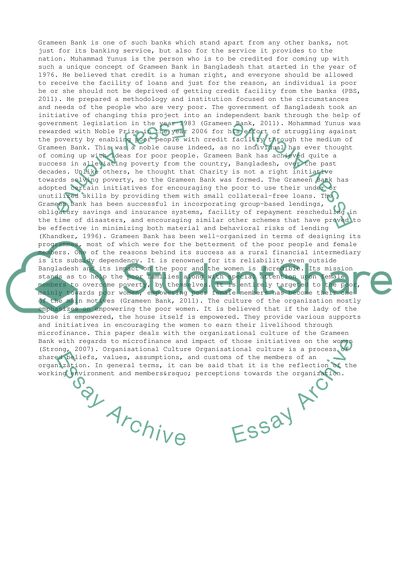Cite this document
(“Organisational Culture of the Grameen Bank Coursework”, n.d.)
Retrieved de https://studentshare.org/business/1392256-organisation-s-culture
Retrieved de https://studentshare.org/business/1392256-organisation-s-culture
(Organisational Culture of the Grameen Bank Coursework)
https://studentshare.org/business/1392256-organisation-s-culture.
https://studentshare.org/business/1392256-organisation-s-culture.
“Organisational Culture of the Grameen Bank Coursework”, n.d. https://studentshare.org/business/1392256-organisation-s-culture.


